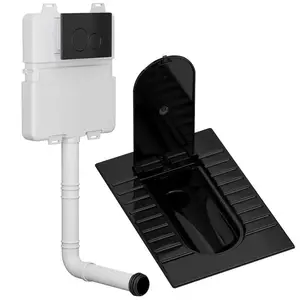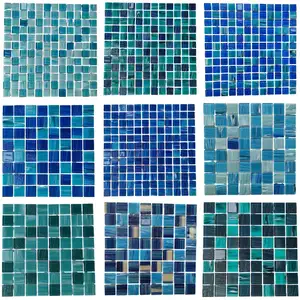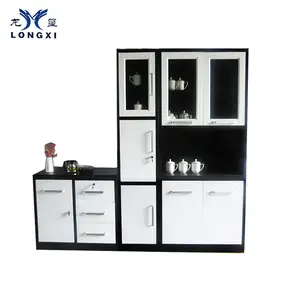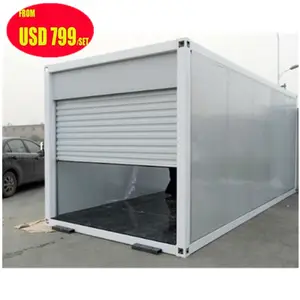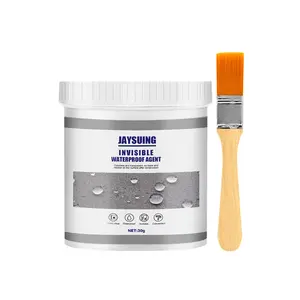Popular in your industry








































































Related Searches:

































































































































Top categories
About square downspout
Introduction
Effective rainwater management is a cornerstone of sustainable living, and downspouts play a pivotal role in this process. From their inception in ancient civilizations to their contemporary applications, downspouts have undergone significant evolution. Today, we are witnessing another transformation - the rise of square downspouts. With their unique aesthetic appeal and functional benefits, square downspouts are revolutionizing rainwater management. This article explores the importance of rainwater management, the evolution of downspouts, and the advantages of square downspouts over traditional round ones. We will also guide you on how to implement square downspouts in your system and share some success stories.
The Importance of Rainwater Management
Rainwater management is a vital aspect of sustainable living. It can be implemented at various levels, from simple rain barrels to comprehensive systems integrated with irrigation or household plumbing. The primary benefit of rainwater harvesting is its contribution to water conservation. It reduces our dependence on municipally treated water, especially for non-potable uses like irrigation. This practice is not only environmentally responsible but also promotes self-sufficiency. Moreover, it can help communities develop sustainable water supply strategies, particularly in areas facing water scarcity.
Traditional Downspouts: A Review
The history of downspouts is rich and varied, dating back to ancient civilizations. Initially, gutters and downspouts were designed to collect rainwater for essential uses like cooking and bathing. As technology advanced, so did the design and purpose of downspouts. By the 1240CE, downspouts were used to protect the exteriors of buildings, like the Tower of London. Materials used for downspouts have evolved over time, from wood and lead to cast iron, steel, and aluminum. The 20th century saw the introduction of rounded steel gutters, and by the 1960s, seamless aluminum gutters became popular due to their strength, lightweight nature, and leak-proof design.
The Emergence of Square Downspouts
Square downspouts have emerged as a popular choice in modern architectural designs. They have a square or rectangular shape, making them easy to install. Available in a wide range of colors, square downspouts can be matched to the color of the house, seamlessly blending with the overall aesthetic. Their unique design not only adds to the visual appeal but also offers functional benefits, making them a preferred choice for many homeowners and businesses.
Comparing Square and Round Downspouts
Downspouts, essential for rainwater management, come in various shapes, including round and rectangular. Round downspouts, often used in vintage homes, offer a sleek design and complement European architectural details. Rectangular downspouts, on the other hand, are less obtrusive and can be customized in various materials and colors. However, a new player in the game is the square downspout. Like its counterparts, it plays a crucial role in directing water away from the building, but it brings its own unique advantages to the table, which we will explore in the following sections.
The Advantages of Square Downspouts
Square downspouts offer several advantages over traditional round ones. They are more aesthetically pleasing, especially for modern-style homes, as their angular shape complements the straight and clean lines of these buildings. Square downspouts are also less obtrusive, as they can be mounted directly to a wall due to their flat backs, and can use hidden brackets for a sleek look. Furthermore, they provide more effective water flow, being able to handle higher volumes of water due to their larger internal area. This makes them a better option in areas with heavy rainfall.
Increased Capacity
The capacity of your downspouts is crucial in managing rainwater effectively. For instance, a K-style five-inch gutter can handle 5,520 square feet, but if your drainage requirement is higher, you'd need a larger capacity. A six-inch K-style gutter, for example, can manage up to 7,960 square feet. Similarly, downspouts must be sized appropriately. A 2 x 3-inch downspout can handle 600 square feet, while a 3 x 4-inch downspout can manage 1,200 square feet. Therefore, choosing the right size and type of downspout, such as a square downspout, can significantly increase your system's capacity.
Improved Flow Efficiency
Outlets and downspouts play a crucial role in the flow capacity of your gutter system. The size of the outlet, where the downspout attaches, determines how quickly water can be drained away. For instance, a 2x3” outlet has a surface area of 6 square inches, allowing three times as much water to exit compared to a 1.5-inch round outlet. This means that the same size gutter can remove three times as much water from your roof, just by having larger outlets. Therefore, the efficiency of your gutter system can be dramatically improved by simply changing your outlets and downspouts.
Enhanced Aesthetics
Contemporary Downspouts, such as square downspouts, are a more modern and fashionable downspout option. They are not just functional but also aesthetically pleasing, complementing the architecture of your home or commercial structure. Property owners often choose these to differentiate themselves from their neighbors while retaining the functionality of traditional gutter systems. Your options include nearly all the same colors and material types as other downspout and gutter profiles, making your system visually stunning and functionally strong.
Ease of Installation and Maintenance
Installing downspouts, including square ones, is a crucial part of any gutter system. It's the final step when setting up a gutter system. Once installed, water from your gutters travels down the downspout, ensuring that water is directed away from your home. This process prevents water pooling and potential damage to your home's foundation. For DIY homeowners or contractors, downspout installation can be simplified by following a step-by-step guide and referring to the manufacturer’s installation guide. Additionally, downspout elbows and outlets can be easily installed and fixed if bent at the wrong angle.
Implementing Square Downspouts in Your System
Implementing square downspouts in your system is a smart choice. Square downspouts are often paired with K-Style and Box Gutters. The typical sizes are 2"x3" for 5" K Style and 3"x4" for 6" K Style. These downspouts are available in several colors and lengths. Custom colors, sizes, and materials may also be available. Additionally, a complete line of accessories such as elbows, downspout hooks, brackets, straps, rain chains, and conductor heads are available to complement your system.
Case Studies: Success Stories of Square Downspouts
Case studies and success stories of square downspouts are abundant, demonstrating their effectiveness in various settings. From residential homes to commercial buildings, square downspouts have proven their worth in managing rainwater efficiently and aesthetically.
Conclusion
Square downspouts have emerged as a game-changer in rainwater management. Their increased capacity, improved flow efficiency, enhanced aesthetics, and ease of installation and maintenance make them a superior choice over traditional round downspouts. They not only complement the architecture of modern homes but also offer a more efficient way to manage rainwater. Implementing square downspouts in your system can significantly increase its capacity and efficiency. As we've seen, the benefits of square downspouts extend beyond aesthetics and functionality, contributing to sustainable living and water conservation. Embrace the revolution and consider square downspouts for your next rainwater management project.
